A Brief Account of Zhangjiajie
2017-02-22 20:30:39 Zhangjiajie Tourism Information Website
Quartz Sandstone Peak Forest and Karst Caves constitute the outstanding landscape features of Zhangjiajie, which are rare in theworld. Here you'll find yourself with hundreds of grotesque peaks, beautiful waters, towering trees, deepvalleys,marvelous caves andexuberant forest that have formed a complete primitive ecological environment. In fact, Zhangjiajie,honored as "the mostfantastic mountain under heaven" and " a living Chinese landscape painting", is a perfect combination of the beauty of Guilin,the grotesqueness of Mount Huang, the peril of Mount Hua and the magnificence of Mount Tai . It is also widely acclaimed as “anenlarged potted landscaping”, “a miniature fairyland” and “a maze of nature",attracting a growing number of tourists from home andabroad.
There are over 300 marvelous scenic spots in Zhangjiajie, such as Tianzi Mountain, Yangjiajie and Baofeng Lake. As the core ofZhangjiajie attractions, Wulingyuan Scenic and Historic Interest Area is composed of Zhangjiajie National Forest Park, two majorNature Reserves -Tianzi Mountain and Suoxi Valley and the new Yangjiajie Scenic Area, stretching over a total area of 397 squarekilometers. Zhangjiajie National Forest Park, set up in 1982, is the first authorized national forest park in China, featured by its uniquehills, queer ridges and peaks, tranquil valleys, clear streams, abundant fauna and flora and hospitable climate. There are six mainscenic spots and over 90 smaller ones in the park,which will bring you a lot of excitement and fun.
Near the downtown area of Zhangjiajie stands grand Tianmen Mountain called “the Soul of Wuling", and there is a beautiful MaoyanRiver that enjoys the reputation of "one-hundred-li long gallery" , a Jiutian Cave named “the number-one cave in Asia” and othercharming scenic spots in Wulingyuan. All these natural wonders are worth exploring. In addition, you can take great delight in touringthe Puguang Buddhist Temple, Hongjiaguan- Former Residence of Marshal Helong, Tujia Folk Custom Park, the Old House andother historical and cultural sites in Zhangjiajie.
After more than twenty years of development, tourism industry has become the leading industry in Zhangjiajie, which has stimulated thedevelopment of other industries related to tourism. In the meantime, ecotourism has been developed greatly here. When you come toZhangjiajie, you can fully appreciate its magnificent natural scenery and experience appealing folk custom as well as other thrillingtourist activities, and you will be deeply impressed by the hospitality of local people. We are sure that your visit to Zhangjiajie is reallyexciting, joyful and unforgettable.
Geological Features:
The geological formation of Zhangjiajie belongs to the New Cathaysian tectonic system. About three billion and eight thousand yearsago, this place was a large patch of ocean. After a series of geological changes including Wuling-xuefeng, Indo-china, Yanshan,Himalayan and Neotectonic movements, the bottom of ocean rose out of the surface, and the quartzite sandstone pillars and peakstook shape after the gradual cutting, eroding and crumbling of Nature for millions of years.
The entire area is covered with towering cliffs of sandstone of quartz and dense unspoiled forests that conceal fantastic caves full of stalactites and stalagmites. The quartzite sandstone hills in Wulingyuan are unique in their large number and fairly pure composition (being 75-95% of quartz). With the changes of seasons and the weather, they constantly present different views to spectators. The highest peak in this area is Tuerwangyue Feng or Rabbit Watching the Moon Peak and Mt. Tianzi is particularly recommended for its good view.
Climate Conditions:
Zhangjiajie belongs to the sub-tropical humid monsoon climate. Splendid mountains and thick trees help form a favorable climate: warm in winter and cool in summer. The annual average temperature is16℃ and the annual average sunshine hours and the amount of rainfall are 1440 hours and 1400 mm respectively. The average frost-free period over the past years is about 216 to 269 days a year. The charm of the scenery varies with the alternation of seasons, so it attracts visitors all year round.
Besides its pleasant climate, the primitive ecological environment also offers visitors a rare chance to breathe healthy air which is believed to be rich in negative oxygen. It is also believed that hypertension patient may have their blood pressure lowered if they stay in the forest park for a period of time. This is due to the fact that dust particles in the park are 88% lower and the air 10% mistier than outside.
History and Indigenous Culture:
In ancient times, Zhangjiajie was regarded as remote and inaccessible. The earliest human activities can be traced to 100, 000 years ago and the legendary god of Agriculture was said to live a reclusive life here. Local story also indicates that Zhang liang, a lord in the Han Dynasty (206 BC-220 AD), lived here in seclusion and was buried below Qingyan (now Zhangjiajie) Mountain.
Zhangjiajie was formerly named Dayong city, founded in 1988. As Zhangjiajie National Forest Park is increasingly becoming known to world, Dayong city was renamed as Zhangjiajie city under the permission of the State Council in 1994. Now, Zhangjiajie has basically developed a large-scale, high-rank tourist resort where strange mountains, green lakes, deep caves, serene valleys and historical culture and special folk customs are well blended into a beautiful painting.
Zhangjiajie is home to major three ethnic groups—Tujia, Bai and Miao people, which together make up approximately 70% of the local population. Up to now, these people still remain much of their traditional culture, including the language, festivals, clothing, and architectural styles as well. The long history of many minorities and their folk customs such as marriage custom, singing and dancing together with modern culture all contribute to the charm of Zhangjiajie. One thing is certain: All of these will give you a lasting memory.
Keyword:Scenic spots & attractions
-
Zhangjiajie package service for family self-help tourism5D 4N $0.00¥0.00
-
3N4D Zhangjiajie mountaintop staying for highlight sunrise tour4D 3N $241.74¥1580.00
-
4D3N Family tour to ZJJ avatar park-Grand cayon-Glass bridge-Tianmenshan4D 3N $302.94¥1980.00
-
3N4D Group tour for Zhangjiajie rock climbing tour in avatar park4D 3N $0.00¥0.00
more FAQ
- 1About Full introduction for Zhangjiajie Glass Plank Road
- 2What is Zhangjiajie's sister World Geopark?
- 3Top 5 places for Zhangjiajie winter tour
- 4Zhangjiajie top 5 hiking places
- 5Zhangjiajie's best places for sunrise & sunset tour
- 6Do you know about Zhangjiajie cultural heritage?
- 7Zhangjiajie travel entrance fee,cableway,elevator,sightseeing train cost
- 8Hunan Province Weather Profile


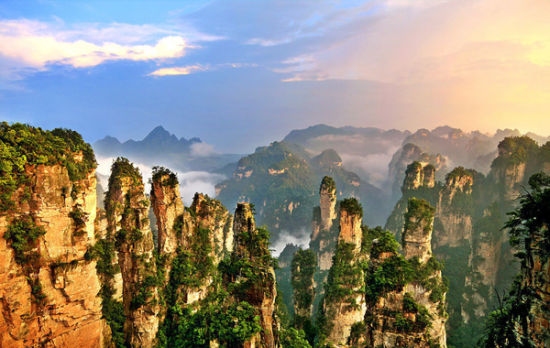
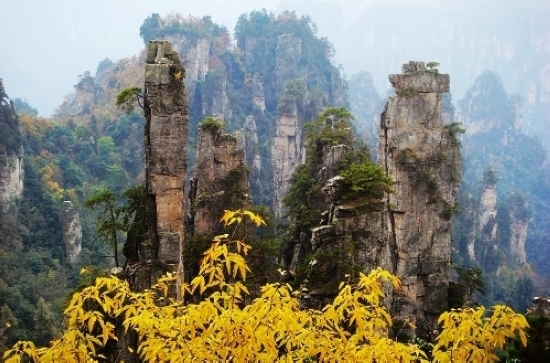
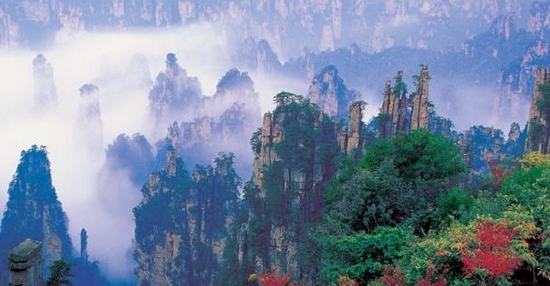
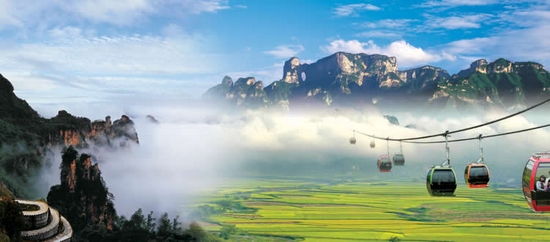
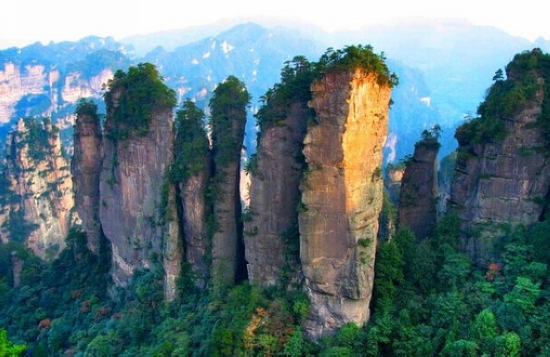
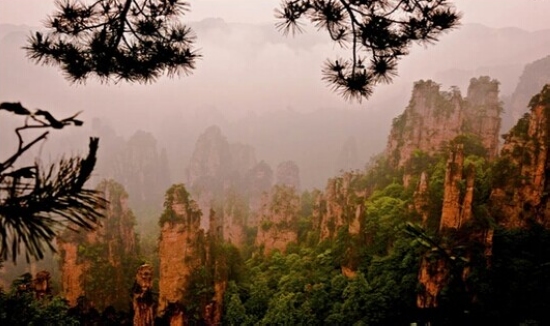
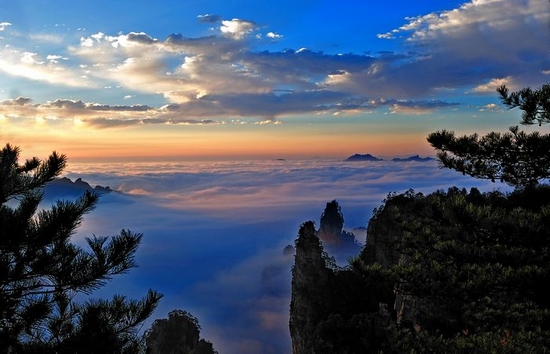
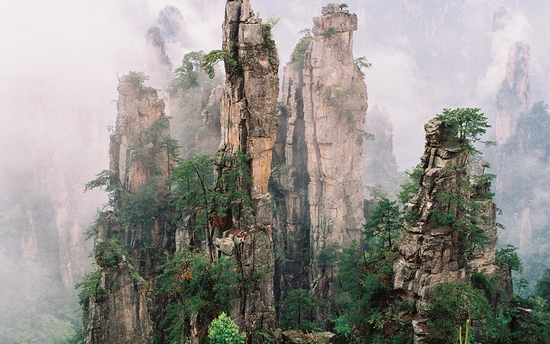
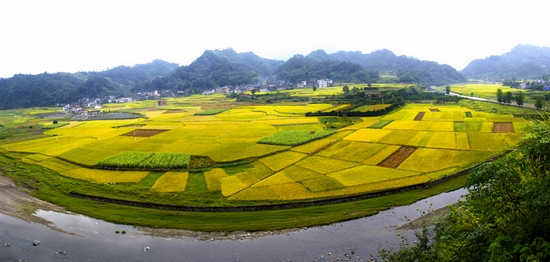
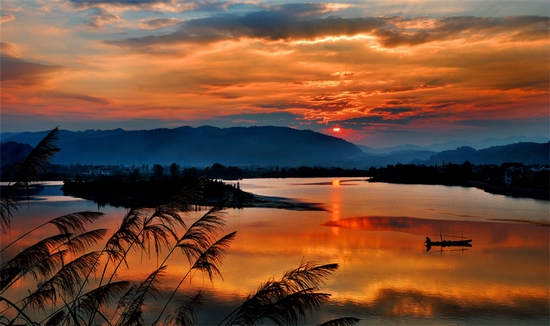
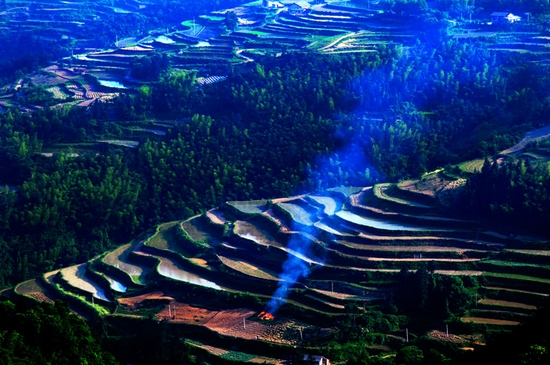
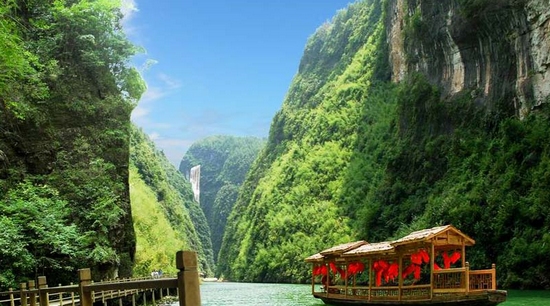
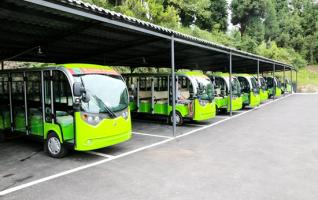
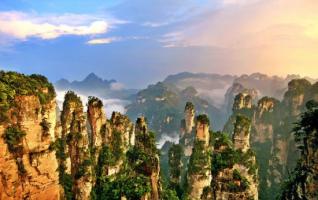
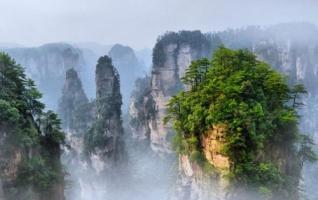
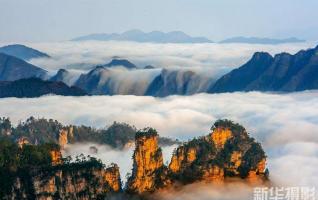
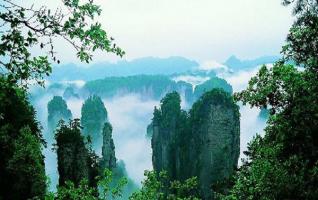
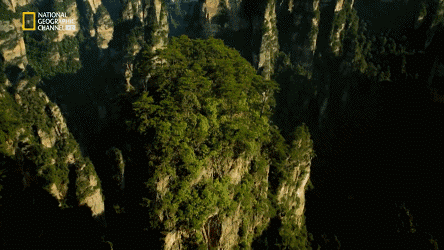
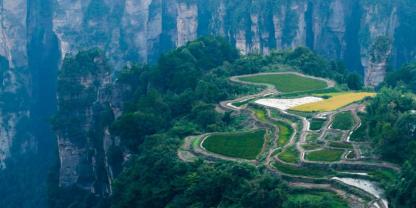
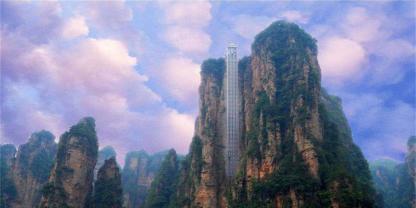
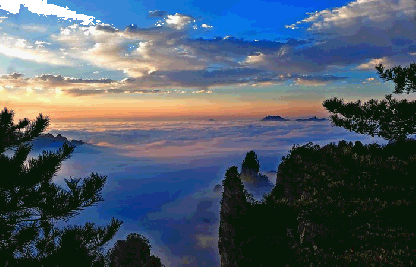
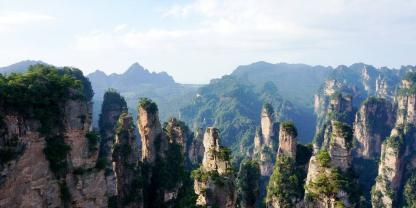


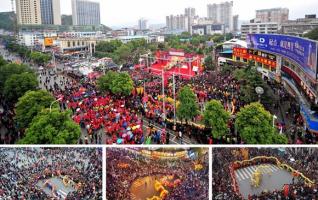

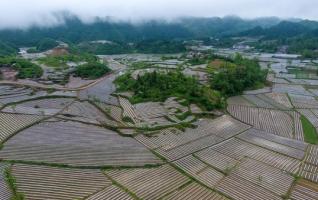
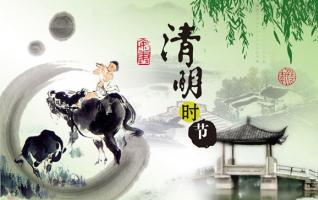
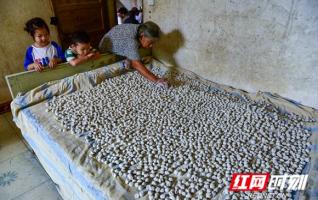
![Top food recommendation for Hunan tourism[Photo Gallery]](http://www.zjjbk.com/uploadfile/2017/0521/thumb_318_200_20170521042544645.jpg)
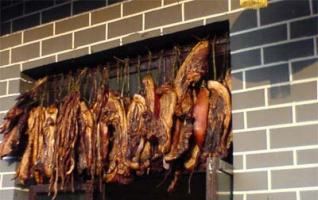
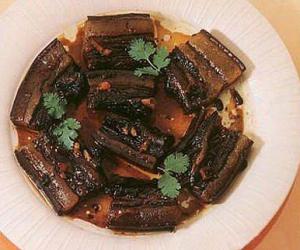
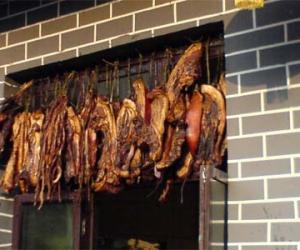
![Zhangjiajie old method of producing vegetable oil[Photo-step process]](http://www.zjjbk.com/uploadfile/2016/1220/thumb_318_200_20161220044619231.jpg)

